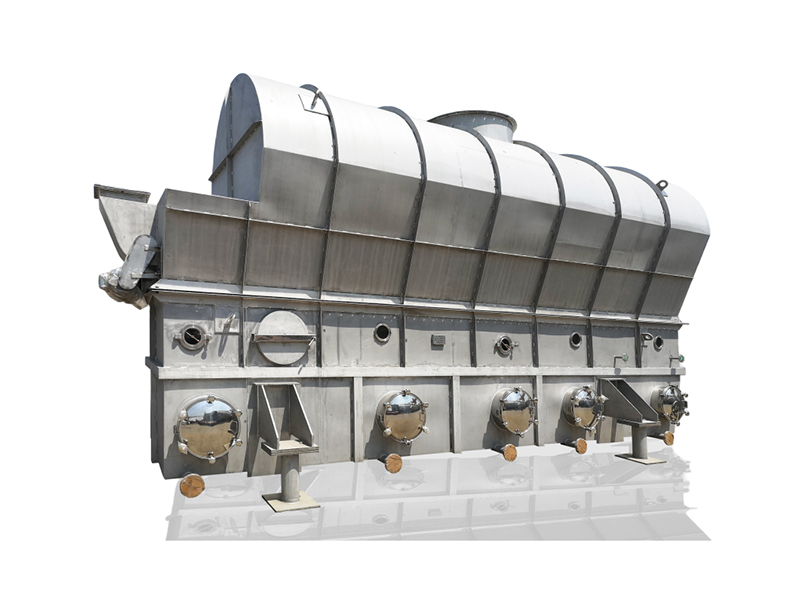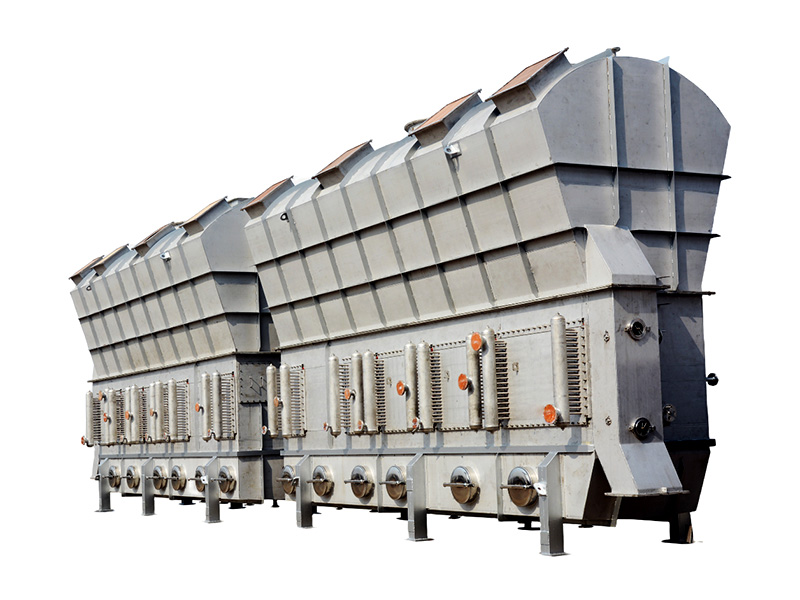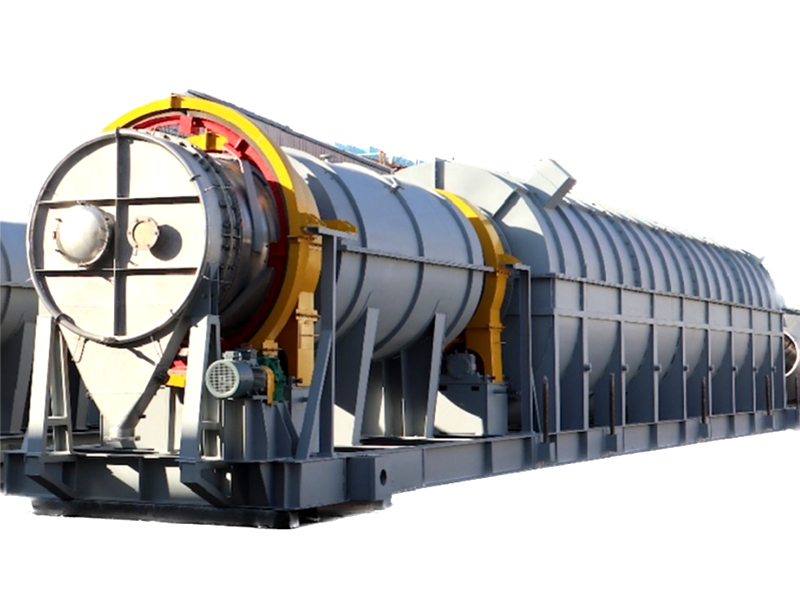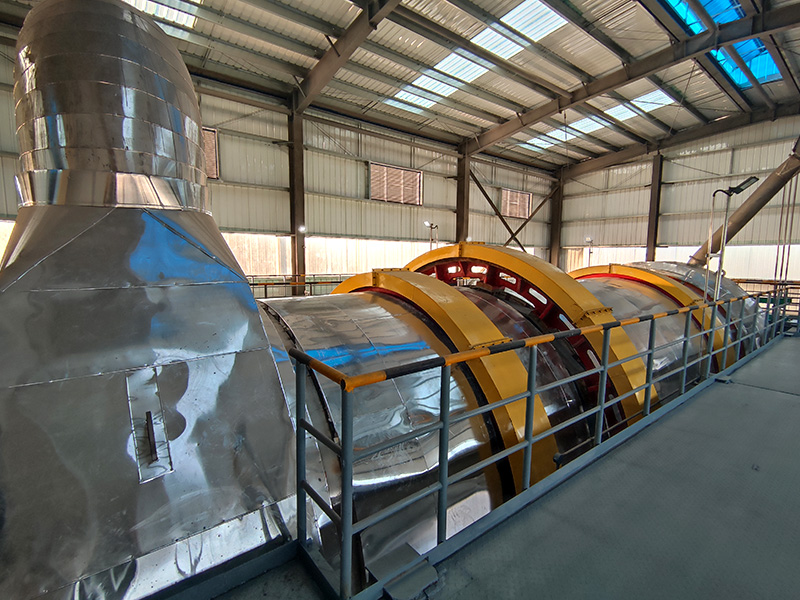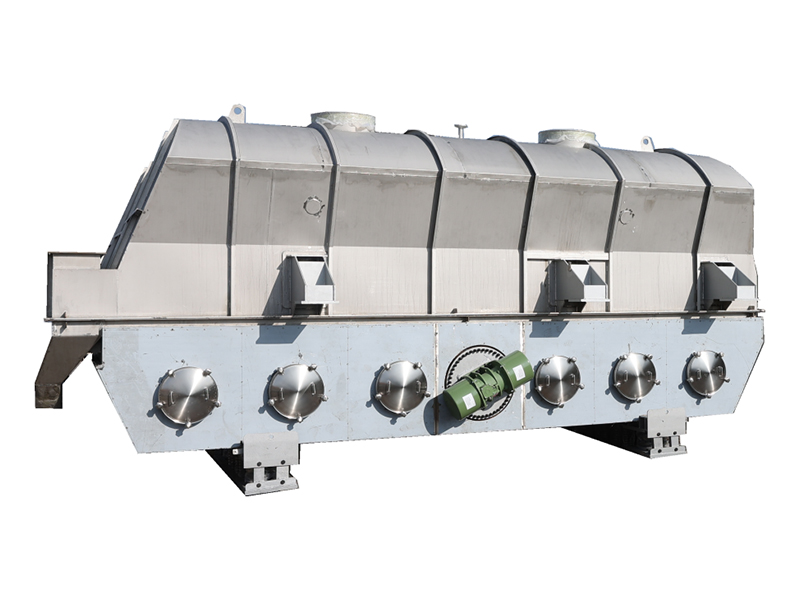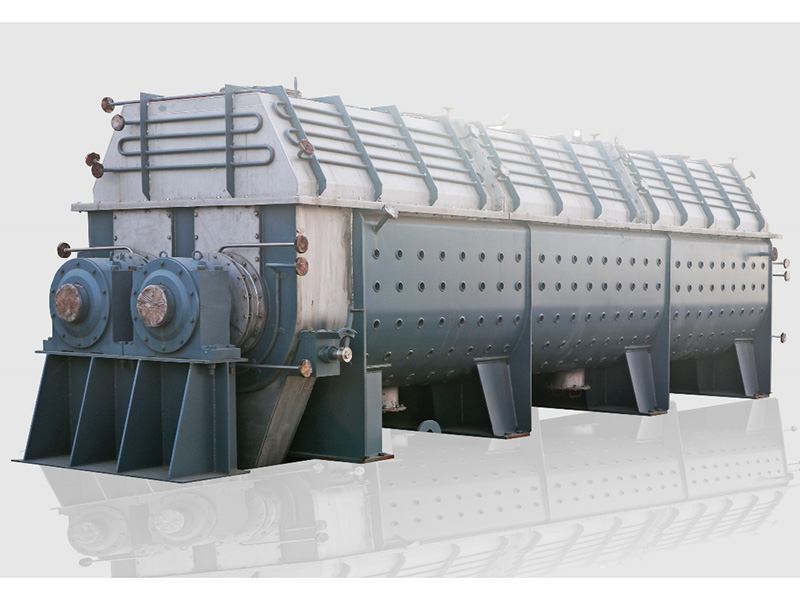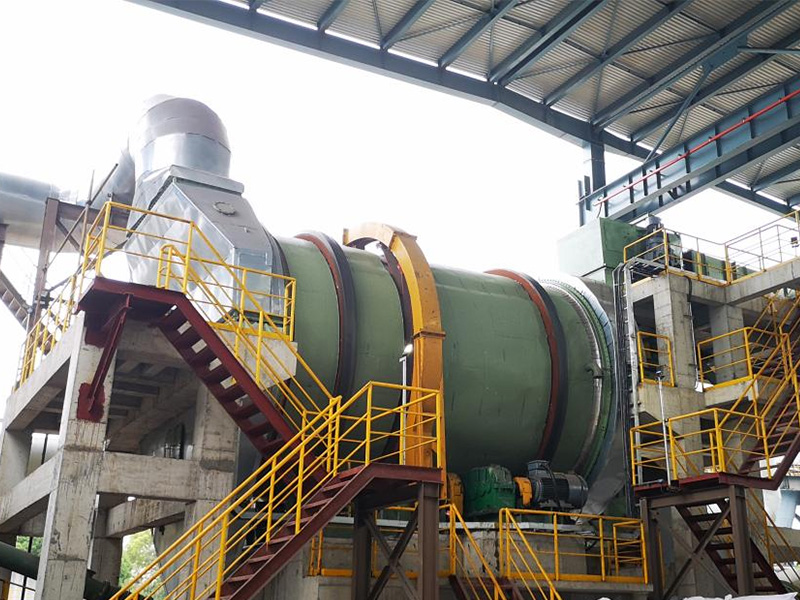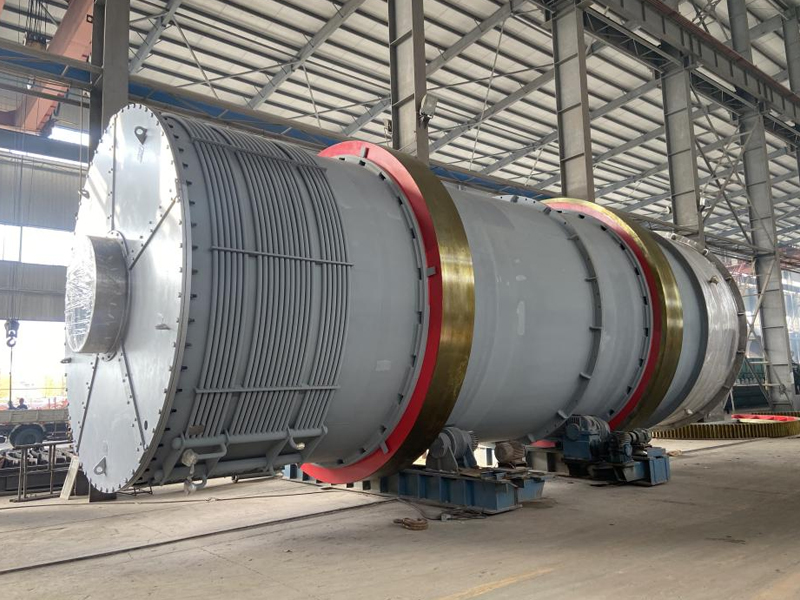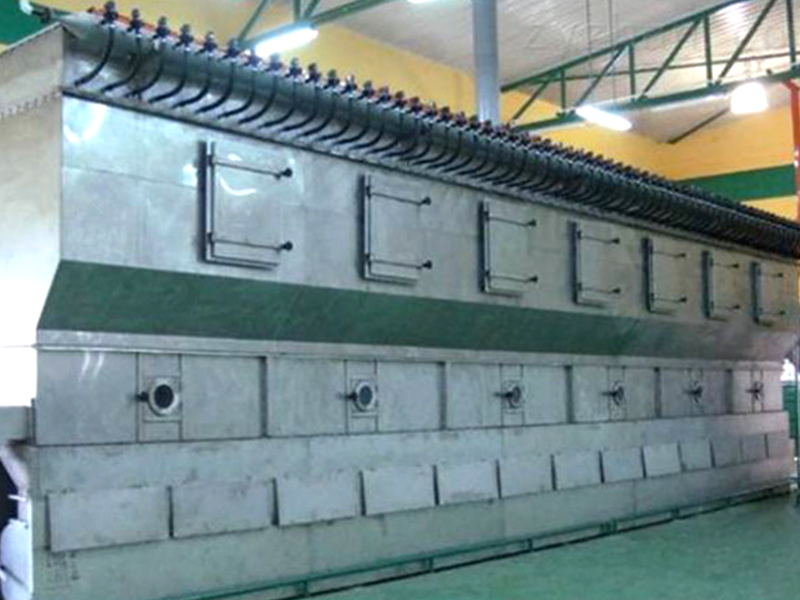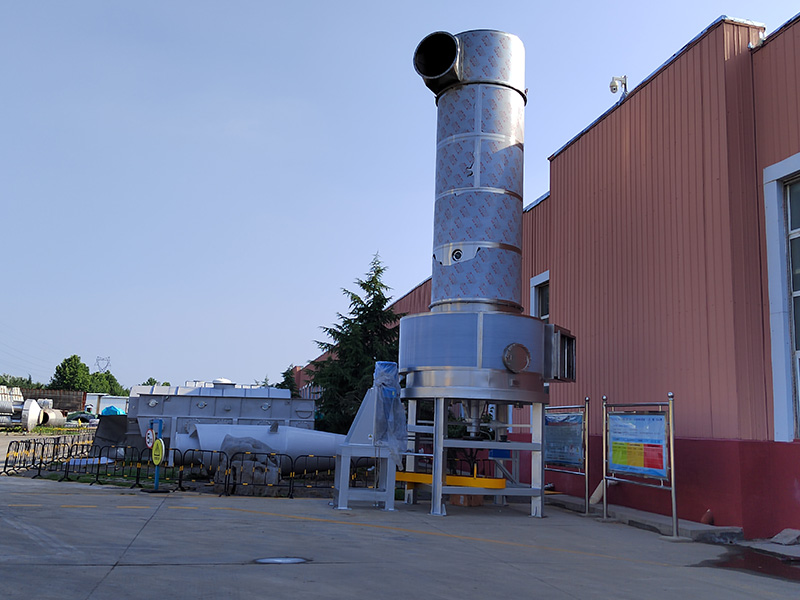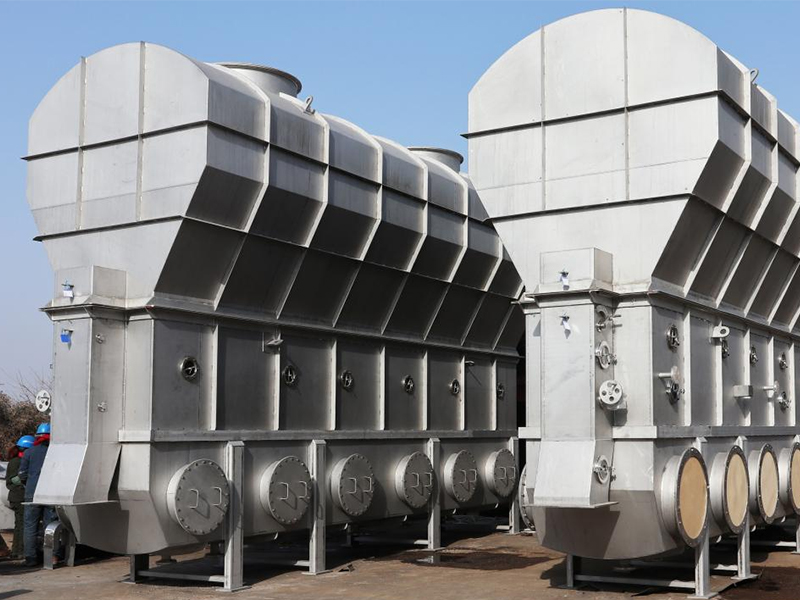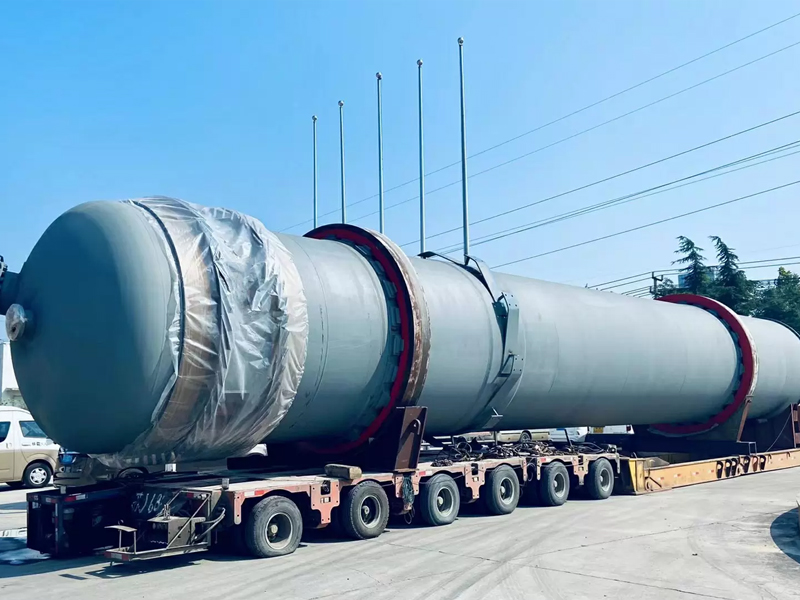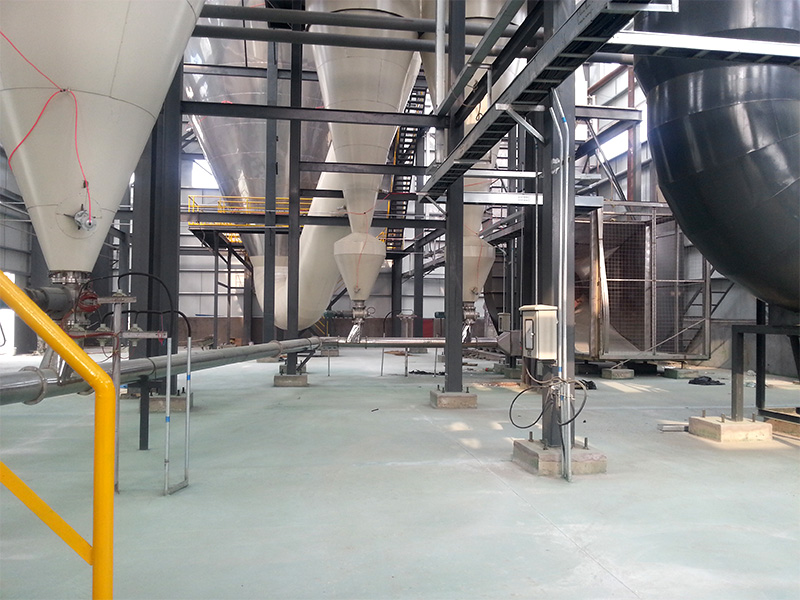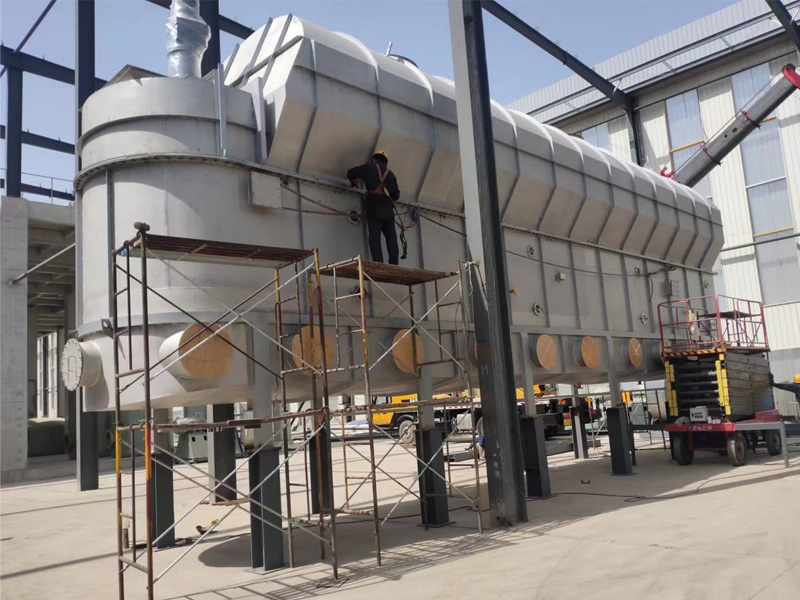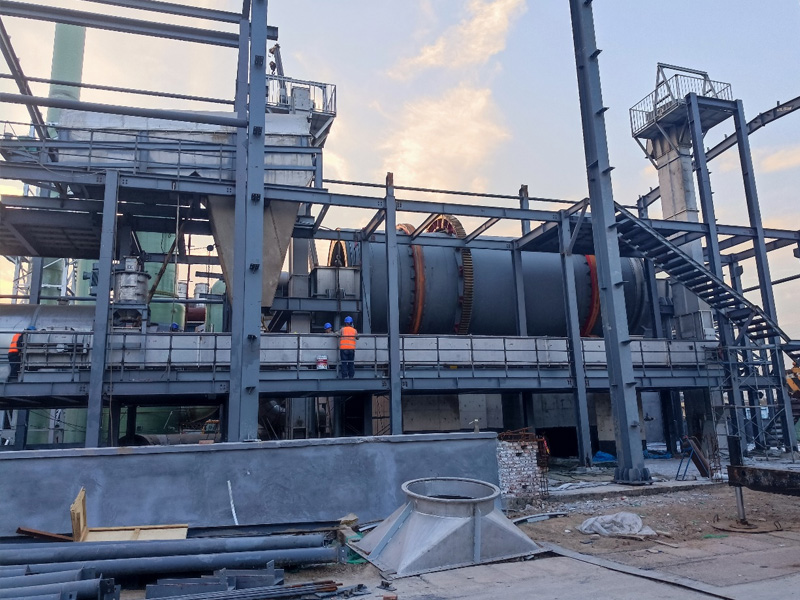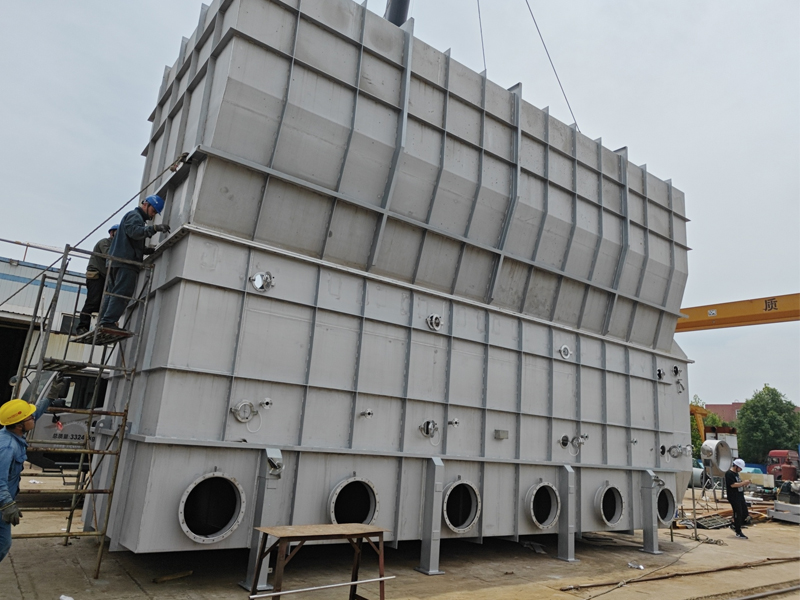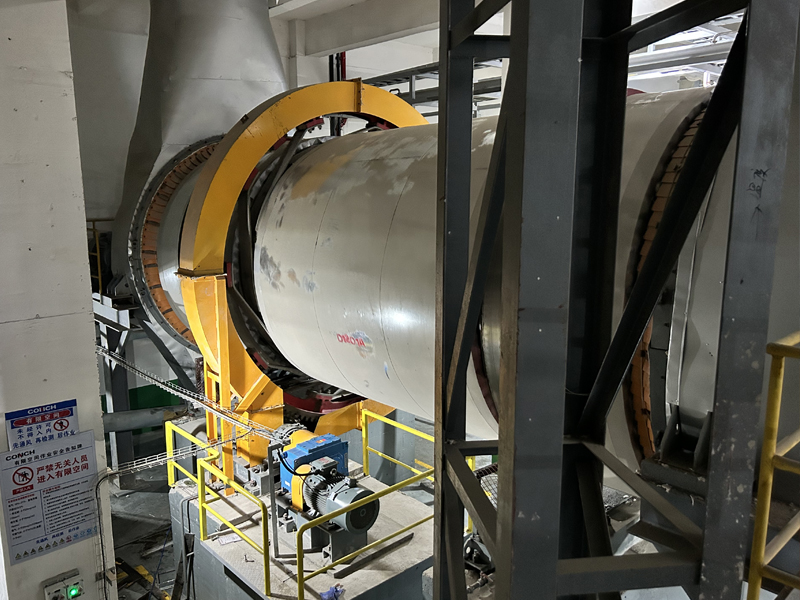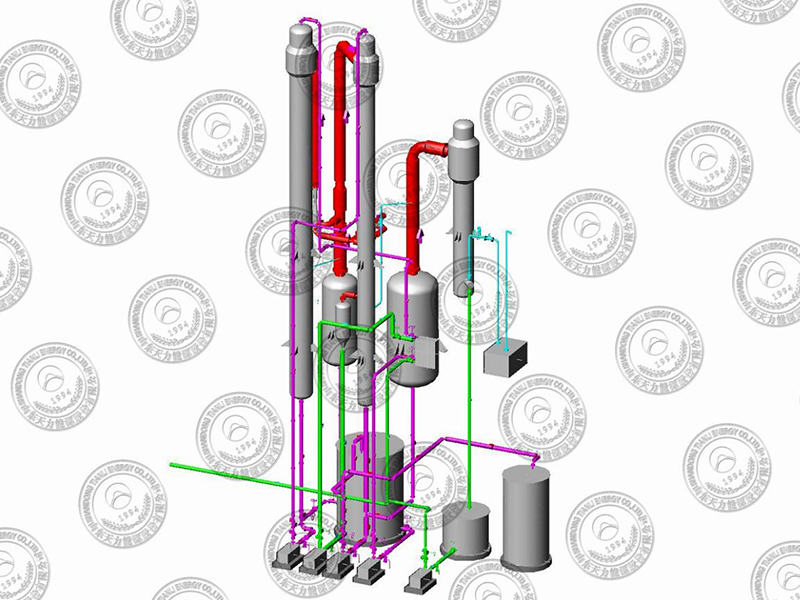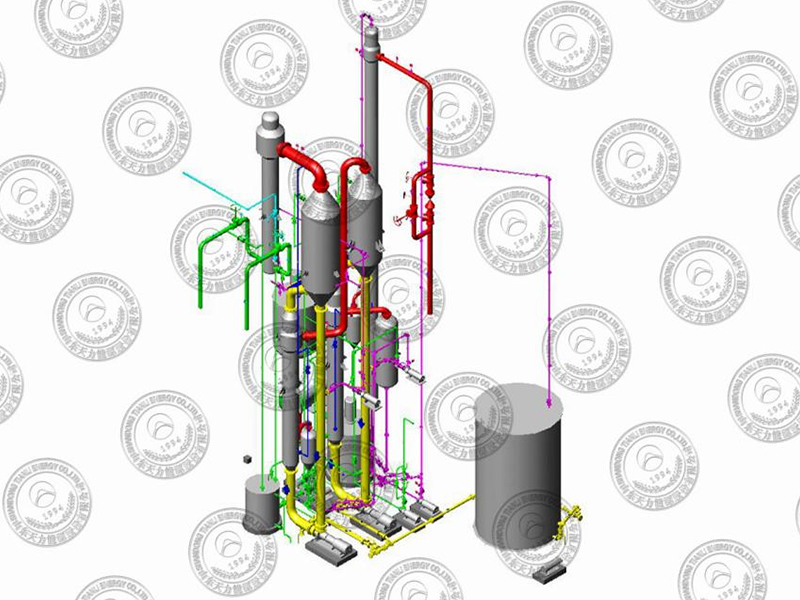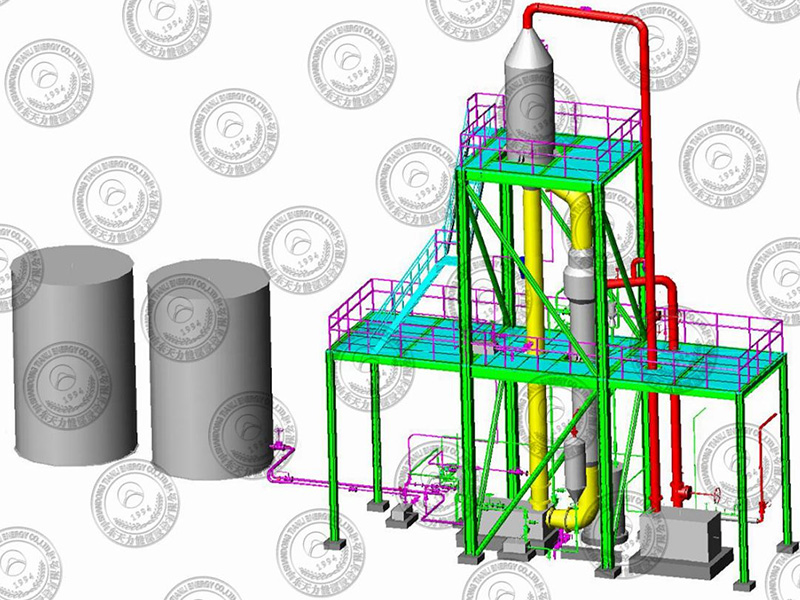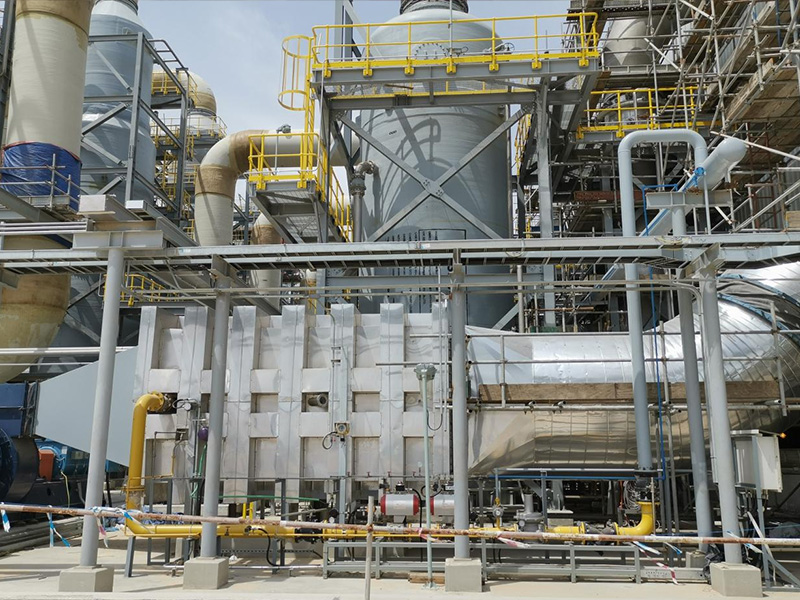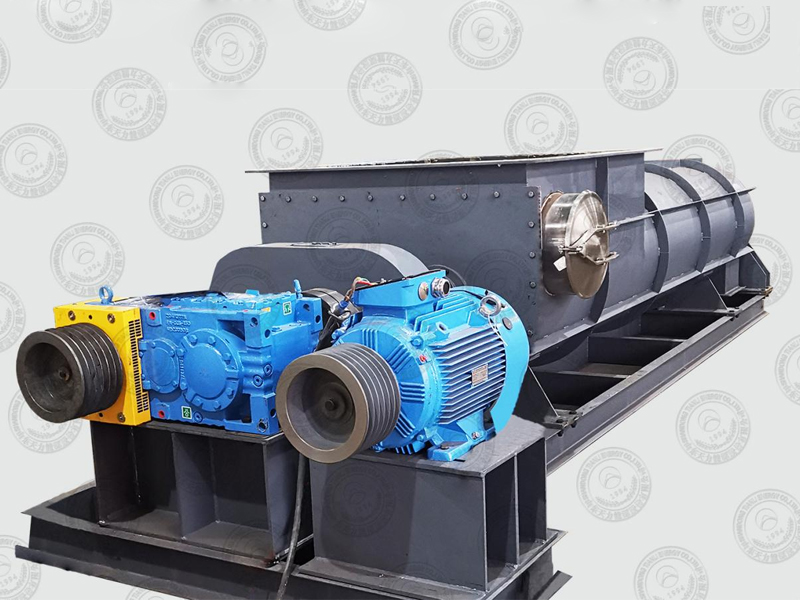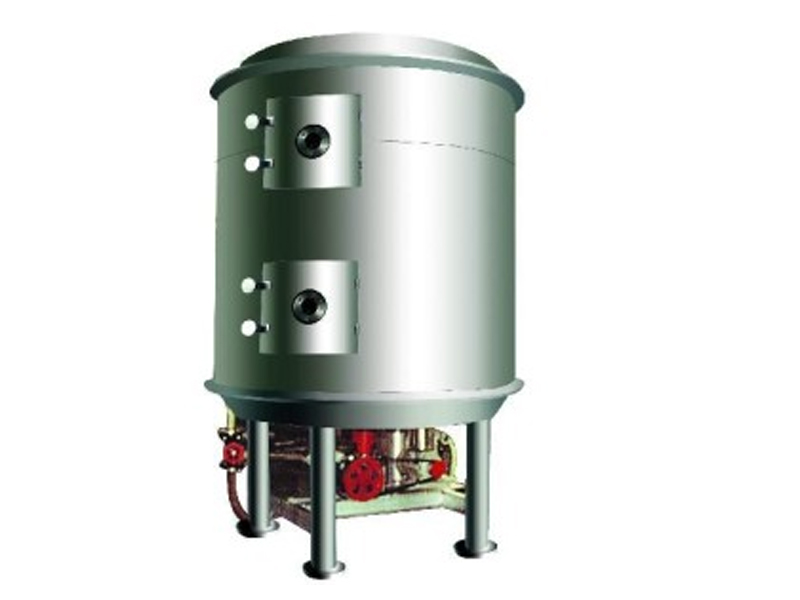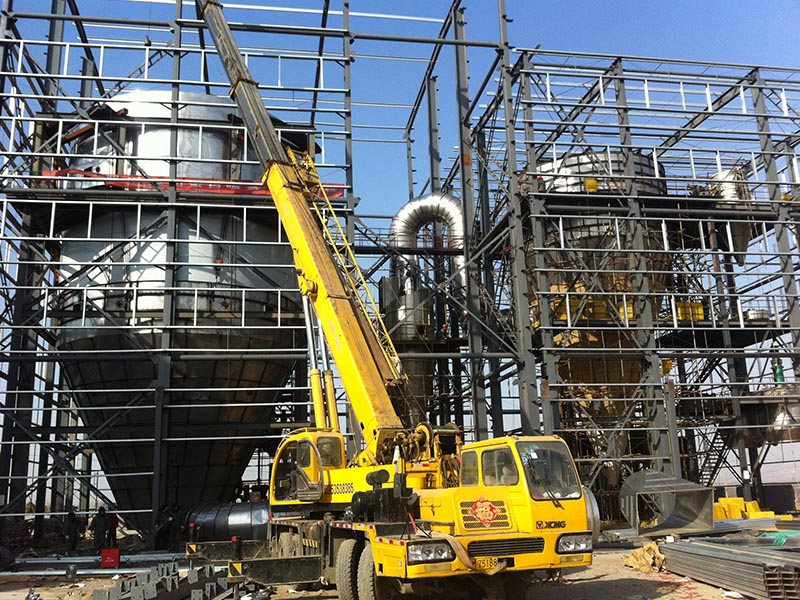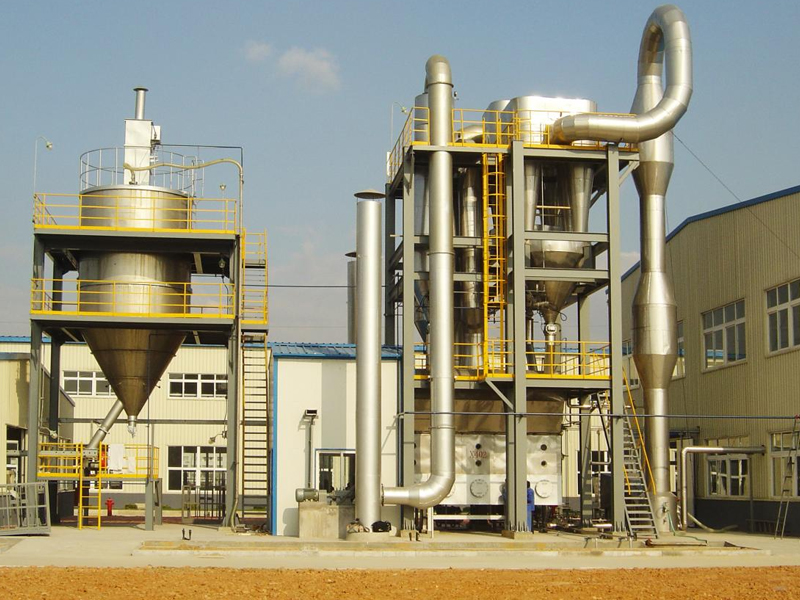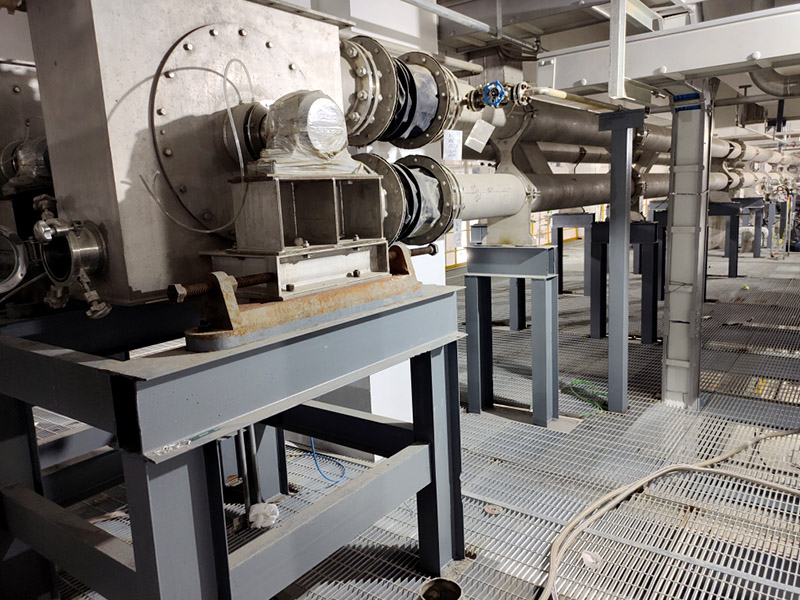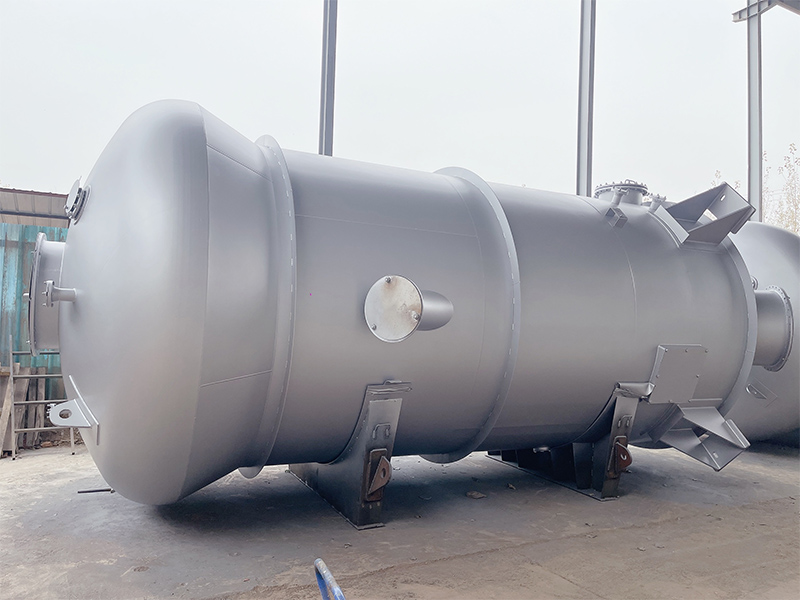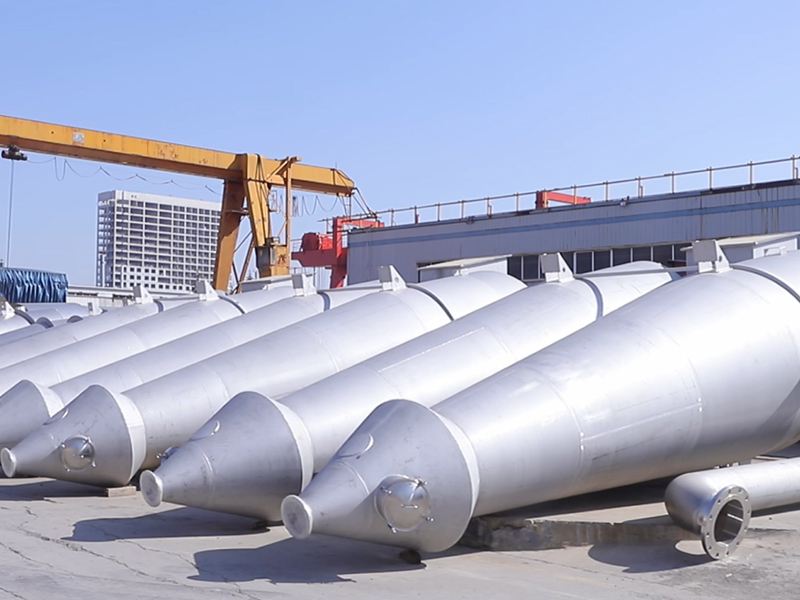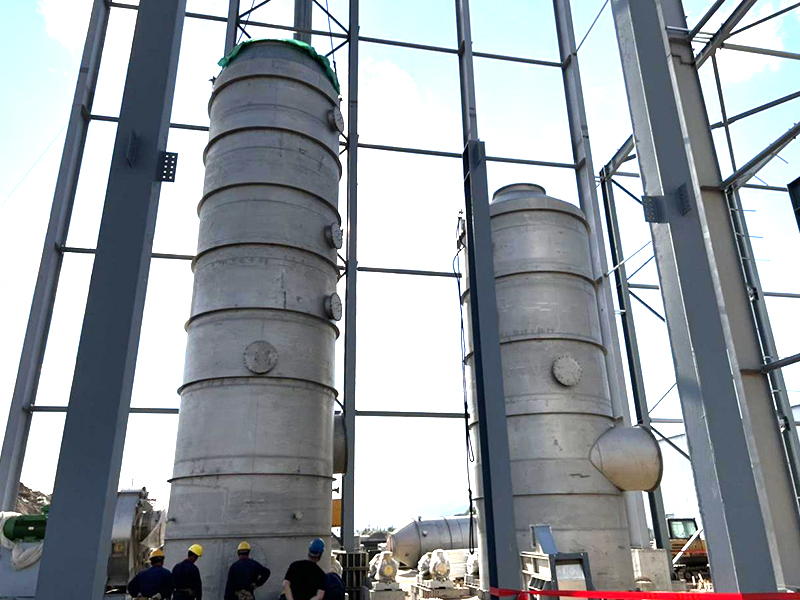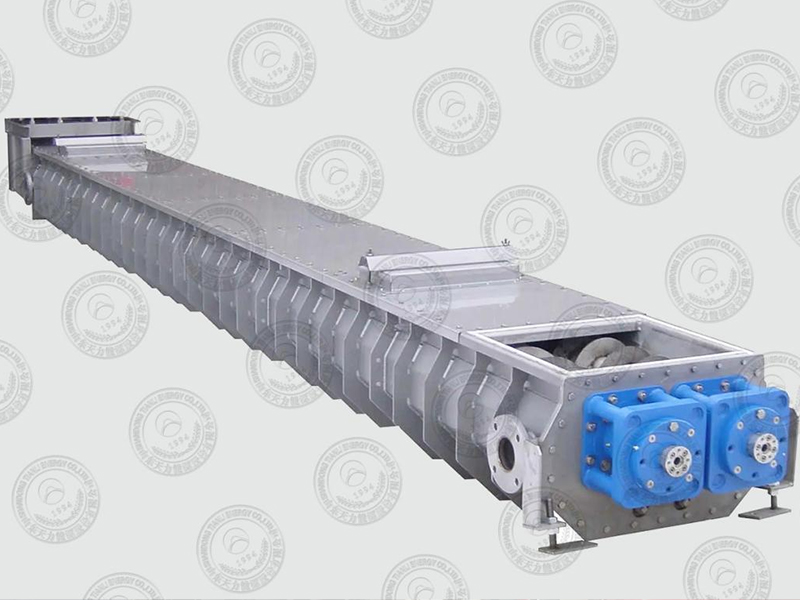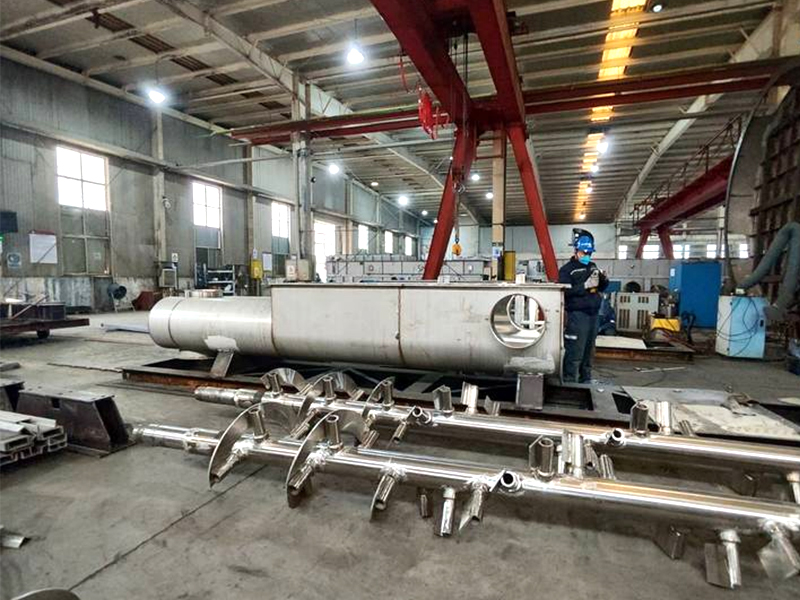LIST
PRODUCTS
Contact us
Mixer
- Tianli
- China
Equipment Structure
Equipment Structure
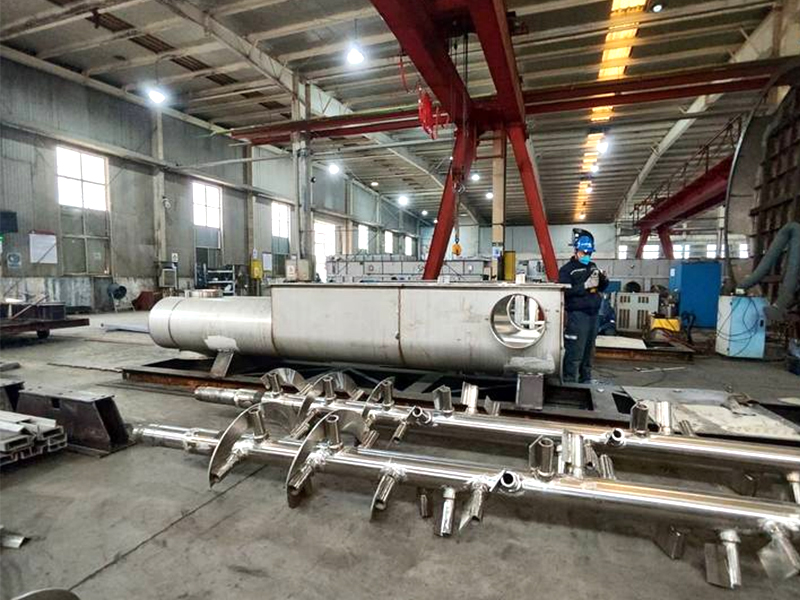
Mixer is an industrial equipment used to mix different materials evenly. It achieves efficient mixing through mechanical force, has high mixing uniformity, is easy to operate, and has functions such as vacuum degassing and humidity regulation. It is widely used in chemical, pharmaceutical, food and other fields.
Mixer is a device that mixes multiple materials evenly through mechanical force or gravity, and plays an important role in chemical, food, pharmaceutical and other industries.
Structural Composition
The mixer is mainly composed of shell, stirring device, transmission system and control system. The sealed space formed by the shell is used to mix the materials. The stirring device is the core component, including the stirring shaft, paddle or blade. The paddles are of various types, such as paddle type, anchor type, screw type, turbine type, etc. Different paddles are suitable for different material chracteristics. The transmission system consists of motor, reducer, coupling, etc., which provides power for the stirring device and adjusts the stirring speed. The control system is responsible for monitoring and regulating the mixing process, including controlling parameters such as stirring time, speed, and temperature.
Working Principle
The working principle of the mixer is based on three methods: convection mixing, diffusion mixing and shear mixing. Convection mixing is to make the material produce macroscopic circulation flow in the container through the movement of the stirring device, so as to achieve a large-scale position exchange of the material; diffusion mixing relies on the irregular movement of the material particles, and mutual penetration and diffusion occur between adjacent particles, gradually reducing the concentration difference of the material; shear mixing uses the shear force between the stirring blades and the material, and between the materials, to break the material and redistribute it, so as to promote uniform mixing. In actual work, these three mixing methods often exist at the same time and cooperate with each other to complete the uniform mixing of materials.
Equipment Features
High mixing efficiency and uniformity: According to the material characteristics and mixing goals, the mixer type can be flexibly selected to achieve high uniformity in a short time, greatly improving production efficiency.
Strong adaptability: It can handle various forms of materials such as powder, granular, flake, paste, and materials of different densities and viscosities. By adjusting parameters such as stirring speed and blade form, it can meet diverse mixing needs.
Easy operation: The degree of automation is high. The operator only needs to set the mixing parameters, and the equipment can run automatically.
Good sealing: For materials that are easy to fly, toxic and harmful, or have special hygiene requirements, the mixer can be designed as a fully sealed structure and equipped with dust removal, explosion-proof and other devices to ensure production safety and environmental hygiene.
Convenient maintenance: The structure is compact and easy to clean and maintain.
Applications
Chemical industry: mixing of powder coating raw materials, new material research and development, mixing of dry and wet materials;
Pharmaceutical industry: fine proportioning of pharmaceutical raw materials;
Food processing: mixing of seasonings and additives;
Building materials production: batch mixing of plastic particles and building materials;
Glass manufacturing: uniform mixing of raw materials such as silica sand and soda stone.


